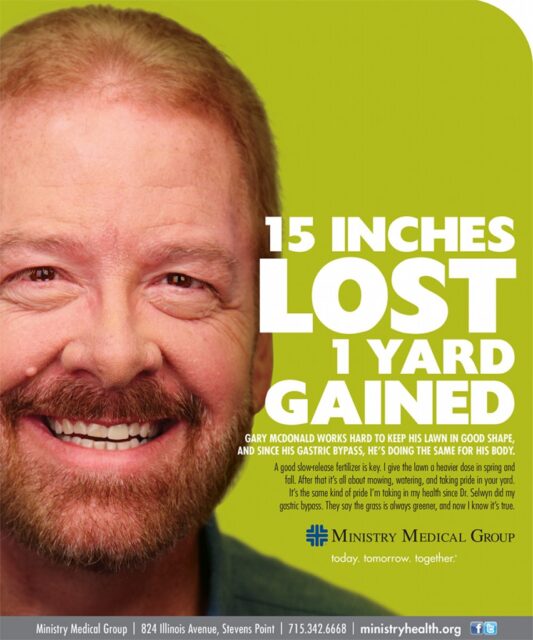Newsjacking, Periscope and Health Care Thought Leadership

Today’s health care consumer is powerful. Within minutes they can complete a video consultation with a physician across the country or find a homeopathic remedy for the common cold. These consumers want to play an active role in their health care decisions, but they’re still not experts, regardless of what they think. This knowledge “barrier” is an opportunity for providers to position themselves as health care resources in their community — and ultimately to build the brands status as thought-leader.
A thought-leader, or influencer, plays a significant role in the health care consumer’s decision cycle. According to a Nielsen study, expert content was more influential than brand content and testimonials at three stages in the cycle: brand awareness, brand affinity and purchase intent. Since consumers view physicians as one of the most trusted sources for health care information, they’re also a marketer’s greatest asset to help guide a consumer from prospect to patient.
At B+L, thought-leadership is an important goal for our clients in every industry, especially health care. Recognizing that doctors are the key influencers in most health care organizations, we place them front and center. From media training, to op-eds and strategically crafted social media posts, we’ve taken a variety of approaches to build their reputation as thought-leaders. One of our most successful tactics is newsjacking. This is a common practice in the PR world where brands can use popular stories or breaking news to communicate their key messages. Recently, we newsjacked a national story: On Tuesday, March 15, the Centers for Disease Control and Prevention (CDC) issued new guidelines for prescribing opioid painkillers, which urged physicians to quit prescribing these painkillers in all but a few very limited situations. This story hit close to home for one of our health care clients, a pain management clinic, and we helped them newsjack the story. Positioning one of the clinic’s physicians as an expert source, we contacted local media and offered him up for interviews. Two days later, Governor Walker traveled around Wisconsin signing several bills associated with prescription painkillers, and we newsjacked again. The local angle helped tip the scale, and B+L successfully secured statewide print, online and television coverage for the clinic.
On Tuesday, March 15, the Centers for Disease Control and Prevention (CDC) issued new guidelines for prescribing opioid painkillers, which urged physicians to quit prescribing these painkillers in all but a few very limited situations. This story hit close to home for one of our health care clients, a pain management clinic, and we helped them newsjack the story. Positioning one of the clinic’s physicians as an expert source, we contacted local media and offered him up for interviews. Two days later, Governor Walker traveled around Wisconsin signing several bills associated with prescription painkillers, and we newsjacked again. The local angle helped tip the scale, and B+L successfully secured statewide print, online and television coverage for the clinic.
In breaking news situations, you need to act fast or a competitor could beat you to the punch. An open line of communication, flexibility and creativity are key when you’re trying to coordinate interviews and balance a doctor’s busy schedule with the unpredictability of the media. Schedules won’t always align or your pitch might be too late, but those aren’t excuses to let an opportunity for brand exposure slide. Post your thoughts on the company blog or social media accounts. If you can get a quote or quick video commentary from a doctor, even better. This is another opportunity to engage with your community and prospective patients, as well as build your brand’s reputation as a forward thinker.
It’s also important to be a proactive thought-leader, not just reactive. Health care organizations can be proactive by providing unique educational resources for patients, which also help break down the consumer knowledge barrier. The best example of this is Mayo Clinic’s recent Periscope colonoscopy. Each year Mayo organizes a traditional campaign for Colon Cancer Awareness Month in March, but this year they took a different approach by using one of the leading video social platforms to give the community an insider’s perspective on preventative treatment options. Mayo physician’s and other staff helped promote the impending live colonoscopy on social media and the hospital’s blog beforehand. From the operating room, physicians took over the Mayo Periscope and Twitter account to broadcast the procedure and answer questions in real-time.
From the newsroom to the operating room, there are opportunities around every corner for health care providers and marketers to portray thought-leadership. No opportunity is too small, and don’t be afraid to stray off the path of traditional to get your messages heard. That’s being a thought-leader.

